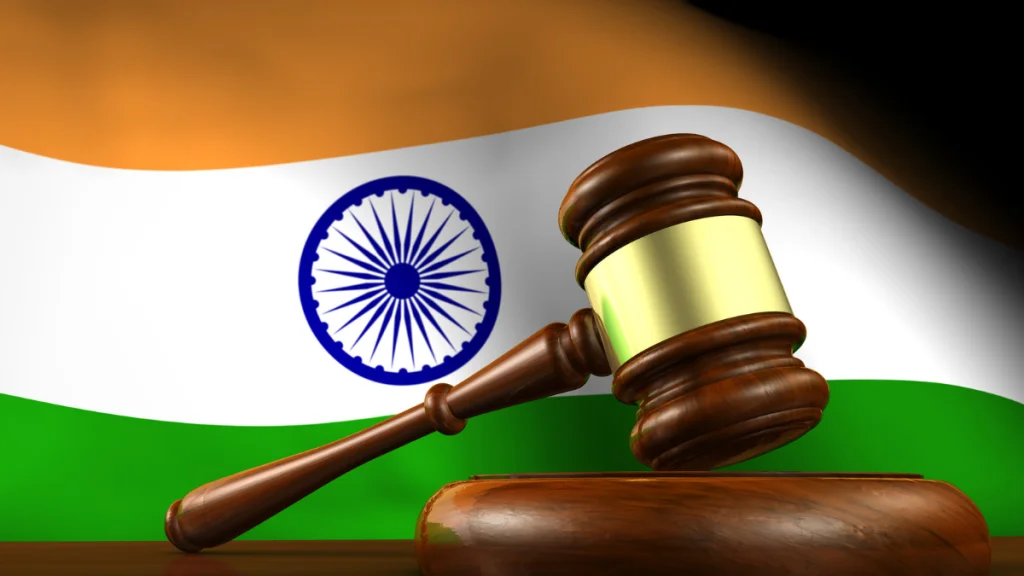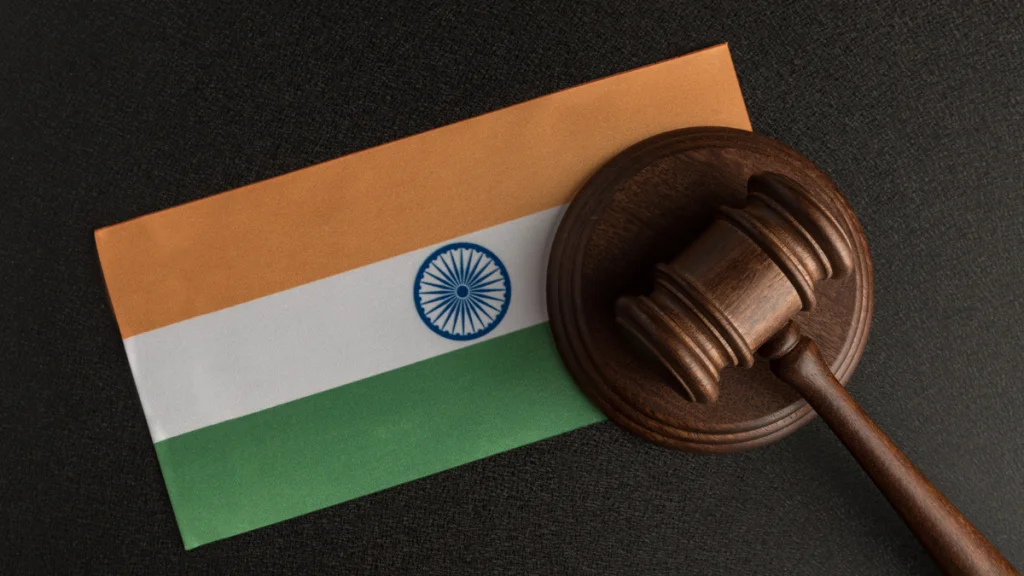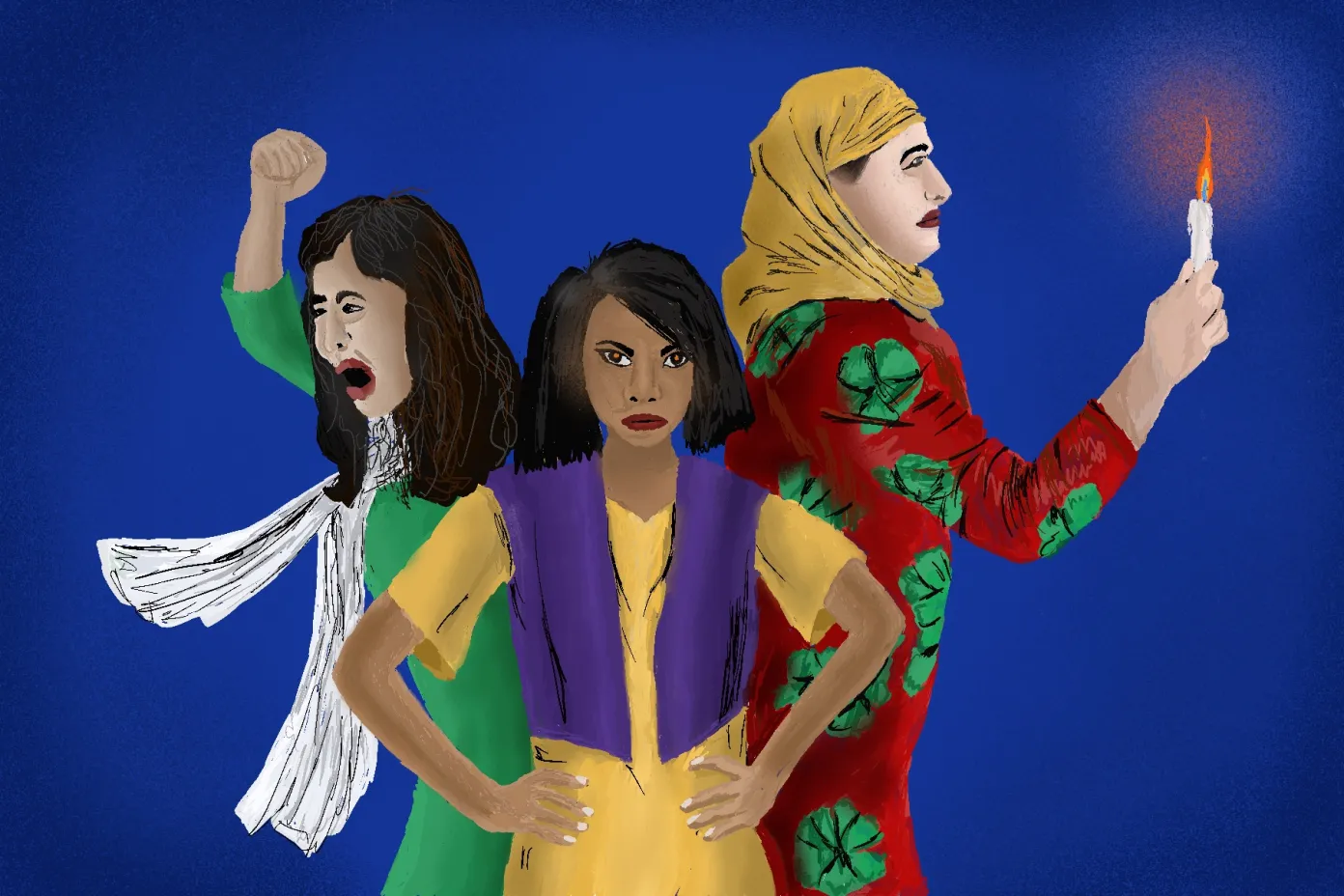Is it stalking or voyeurism? ‘Neither’, declared the Calcutta High Court, quashing the case of a man accused of secretly capturing a woman and her daughter’s photograph in public.
She also alleged that the petitioner photographed her with her daughter on multiple occasions on his camera and mobile phone.
The case Satyabrata Barik & Mithu vs The State of West Bengal & Anr was booked by the Police in 2016, by a woman alleging that she (complainant) was often being watched and followed by a man (defendant/petitioner) when she stepped out with her daughter on the way to school, the market, or private tuition. She also alleged that the petitioner photographed her with her daughter on multiple occasions on his camera and mobile phone.
Facts and proceedings of the case
In a particular circumstance, the complainant noticed a flash while standing with her daughter on the road in front of her residence. When she looked up to see where the flash came from, the defendant allegedly fled into his building. These incidents led her to lodge a complaint against him for voyeurism and stalking, under Sections 354C and 354D of the IPC.

After the police complaint, the defendant surrendered to custody and secured an extended bail. He then filed a revision application with the High Court due to his dissatisfaction with the legal proceedings.
The defense presented by the petitioner
The accused defended himself, stating that the complaint was a tactic to ‘exert pressure on the developer to provide her with an additional car parking space to which she had no right, title, or interest.’ His counsel argued that the accusations had no grounds for a criminal investigation, and the complainant was trying to harass the defendant for her personal benefit. The Defense also highlighted that the prosecution lacked tangible proof to corroborate the complainant’s allegations of voyeurism and stalking.
What is voyeurism?
In simple terms, voyeurism is when someone seeks pleasure by secretly watching others engage in private or intimate activity. It can be creepy, scary, and emotionally damaging to be subjected to voyeurism, especially in the Indian society where victim blaming is quite prevelant.
According to Section 354C of the Indian Penal Code, voyeurism applies to ‘Any man who watches, or captures the image of a woman engaging in a private act in circumstances where she would usually have the expectation of not being observed either by the perpetrator or by any other person at the behest of the perpetrator or disseminates such image’.
It can be creepy, scary, and emotionally damaging to be subjected to voyeurism, especially in the Indian society where victim blaming is quite prevelant.
For a case to fall under Section 354C (voyeurism), the essential elements needed are as follows:
- Perpetrator’s Act: A ‘man’ must be involved in watching, photographing, or sharing images of a woman.
- Victim in a Private Act: This must happen while the ‘woman’ is engaged in a private act, expecting privacy. It can take place in a public setting as well.
- Without Consent: The perpetrator’s act is without the woman’s consent.
- Intent: The man’s intent is to violate the woman’s modesty.
Regarding Section 354C of the IPC, a Single Bench of Justice Bibhas Ranjan De commented, ‘Section 354C of the IPC aims to protect the modesty and decency of women and to maintain public order. It seeks to create a secure environment for women in public places by penalising acts that infringe upon their modesty and instil fear. The provision should be interpreted broadly to achieve its objectives.’
How is voyeurism different from stalking?
As opposed to voyeurism, stalking is when any man pursues a woman’s attention by following her, contacting her (or trying to) repeatedly, despite her clear lack of interest in engaging with him. It is also called stalking if there’s monitoring of the woman’s usage of the internet, email, or other electronic communication involved, causing her to be distressed or fearful.

Even though stalking is different from voyeurism, the emotional effect stalking can cause is very similar to how victims of voyeurism may feel.
To qualify for Section 354D (stalking), a case must meet the following crucial requirements:
- Perpetrator’s Act: The man repeatedly follows, contacts, or tries to contact a woman
- Unwanted Contact: The woman shows clear signs of disinterest in being contacted by the man
- Monitoring: The man may also monitor the woman’s use of the internet, email, or other electronic communication.
- Without Consent: All actions above are without the woman’s consent.
- Causing Distress: Such behaviour causes fear or distress to the victim.
As per the IPC, the perpetrator is a ‘man’, and the victim of voyeurism and stalking is a ‘woman’.
The Bench added, ‘At the same time, the offence of stalking under Section 354D of the IPC involves a man as the perpetrator and a woman as the victim. To constitute any offence under this Section the man must try to contact a woman against her interest.’
The court’s judgments
It was emphasised, ‘… the Court owes a duty to look into the contents of the written complaint and other attending circumstances as well as evidence collected during investigation with due care and circumspection. … On scrutiny of the case diary, particularly charge sheet, it has come to the notice of this Court that during investigation no specific evidence has been collected attributing any of the ingredients of Section 354C & 354D of the IPC.’
After listening to both sides, the Court concluded that there was no significant evidence collected for the case to meet the essential requirements of Sections 354C & D.
‘It is also alleged that when the complainant noticed a flash, the accused retreated into his building. Such allegations do not fall under any penal provisions, either under Section 354C or 354D of the IPC in relation to the essential elements required to constitute those offences,’ the Bench said.
Quashing the case
After listening to both sides, the Court concluded that there was no significant evidence collected for the case to meet the essential requirements of Sections 354C & D. It couldn’t be taken forward as a case of voyeurism and stalking. To avoid the Court’s power being taken advantage of, the court dismissed the case.

‘This Court is also not oblivious to the settled proposition of law that this Court cannot function either is a Court of appeal or revision and this power can only be exercised to prevent abuse of the process of the Court’, it declared.
However, could it still be stalking or voyeurism?
The Court did justice to the case, following the IPC to a T. However, there is some nuance to how stalking and voyeurism may exist in the real world. As per the essential elements to be met for the aforementioned Sections of the IPC, there are a few concerns that may hamper serving justice in similar cases of sensitive nature.
For example,
- Stalking may happen without contacting the victim, as it was in this particular case. The person being stalked may be in constant distress, and it may get difficult to gather concrete evidence against such perpetrators.
- Putting the burden of responsibility of collecting evidence against the perpetrator is also challenging. If sufficient proof is not found, the victim’s testimony may not be enough to corroborate facts.
- New technological developments can lead to deepfakes and cyberstalking, making it complicated to track voyeurism and stalking.
- The laws primarily focus on women, making them gender-specific instead of gender-neutral. Understandably, the statistics and history of women being the victims have been in the majority. However, making these laws gender-neutral will help ensure equal protection to all, bringing Indian law to International standards.
Future impact of stalking/voyeurism being “encouraged”
The Court needs to take into account the mental and emotional distress one can face when subjected to being constantly vigilant. To address the sensitivity of such complex situations, there’s a dire need for some law amendments. If left unchanged, a lot of people may suffer unjustly.
For a potential victim to have a better shot at justice, accessible resources like private investigators and police help can be provided to gather evidence before going to the Courts. Assistance and protection to potential victims after lodging an FIR may help the complainant feel safer and more at ease during the legal proceedings. Possibly, a helpline dedicated to assisting potential victims in collecting evidence to build a strong case can also be a good idea.

If we look at the bigger picture, better legal support can truly transform the way sensitive cases can be handled. Sometimes it may be stalking, voyeurism, or neither. The safety of Indian citizens should always come first, no matter their gender, the awareness about their legal rights and access to resources, or technological advancements.
About the author(s)
Forget textbooks, Mrudavi got hooked on writing through her childhood obsession with fiction novels. Now, she tells engaging stories that address real-world topics with a touch of her experiences. When the writing bug takes a break, Mrudavi can be found curled up with a good book or with her favourite people, fueling her imagination with endless cups of iced lattes.





